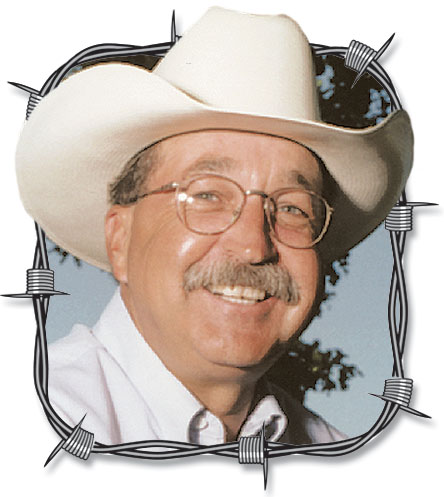 I’ve always said that there’s a million ways to make money on the farm. Living in the greatest country on earth, freedom to choose what we do and when we do it, and beneficiaries of a booming economy, all afford us great opportunities, thus…
I’ve always said that there’s a million ways to make money on the farm. Living in the greatest country on earth, freedom to choose what we do and when we do it, and beneficiaries of a booming economy, all afford us great opportunities, thus…
In September of last year, one of my neighbors called to see if I might help him with a cow that was having calving problems. When I arrived, I could see only the nose and one foot at the business end of the bovine. It was an unusually hot day and after a couple of attempts to drive her to the barn, we decided to sedate her, in the shade of a small grove of trees. Working together, the neighbor and I managed to retrieve the other foot, and pull the bull calf to freedom. Both cow and calf were soon back to normal and everyone was good.
Five days later, the same friend called again and asked if my wife, Judy, wanted a free calf. He went on to tell me that the cow we had assisted in calving, for whatever reason, had abandoned the calf and wanted nothing to do with it, and he didn’t think he could save it. Always up for a challenge, Judy agreed, and I went and brought the calf to our home. Suffering from hunger and dehydration, my wife worked tirelessly for 10 days, nursing the little guy back to health. He required a feeding tube, utilized at three-hour intervals, for the first few days, but was sucking from a bottle and doing fine by the end of the second week. For the next three and a half months, the calf lived and thrived (mostly) in a pen in the barn, that we usually reserve for orphans and ailing critters.
However, since calving season is fast approaching, and I fully expect to need his pen for other animals, I sold the calf last week at the cattle auction. It brought a whopping total of $358.75 (before sales commission). For the three and a half months we owned the little critter, he went through three bags of milk replacer at $38 per bag, four bales of hay at $6 per bale, and 300 pounds of grain at $16 per hundred. At two months of age, he contracted a joint infection that required me to haul him to the local veterinarian, where the diagnosis and treatment came to a total of $120 (not including the gas to get him there and back). The total expenses of raising the calf came to $306, yielding a net profit of $52.75 on a free calf. Estimating the number of hours that both Judy and I spent with the calf, I calculate the return for our labor to be in the neighborhood of 75 cents per hour.
Life is good.
Jerry Crownover farms in Lawrence County. He is a former professor of Agriculture Education at Missouri State University, and is an author and professional speaker. To contact Jerry, go to ozarksfn.com and click on ‘Contact Us.’






